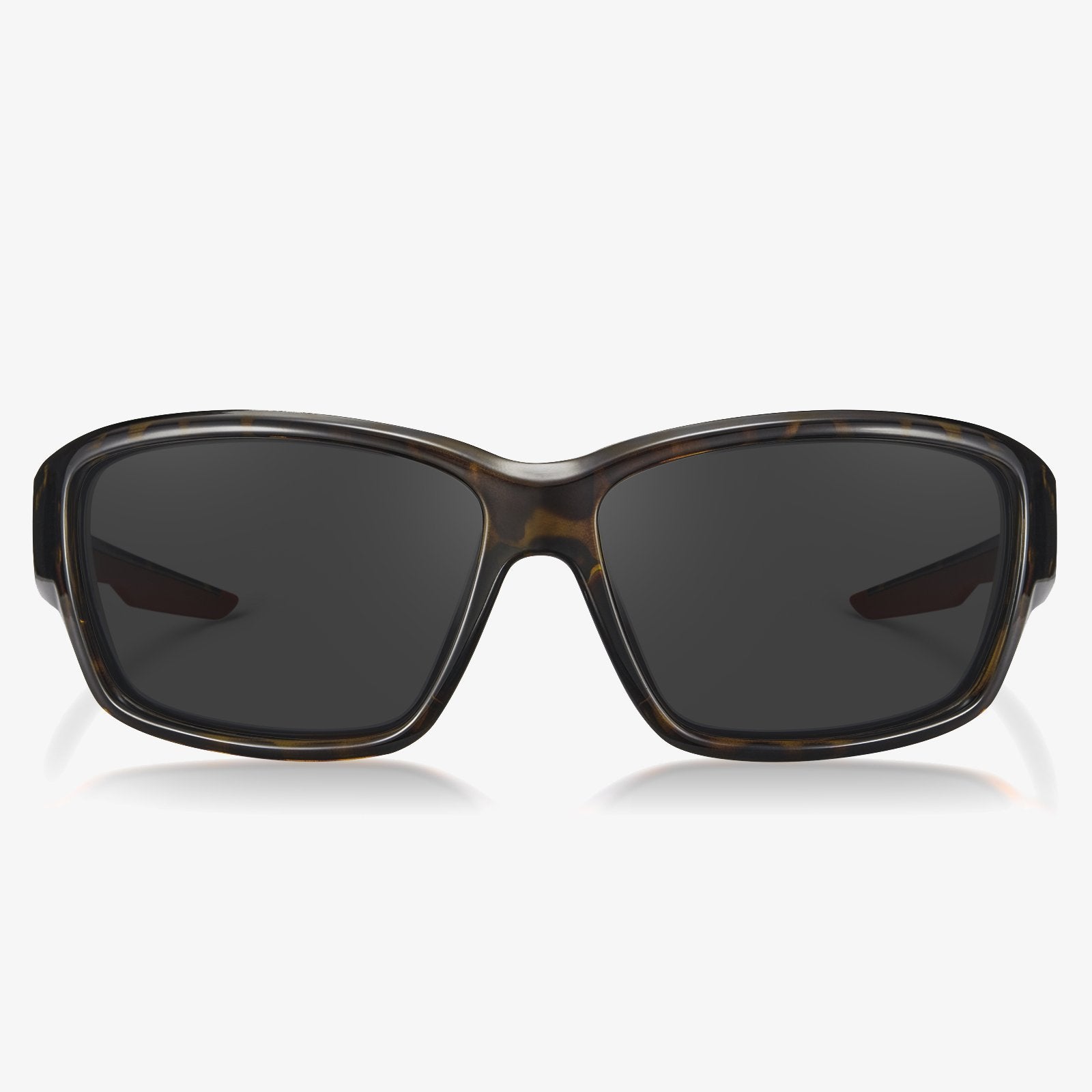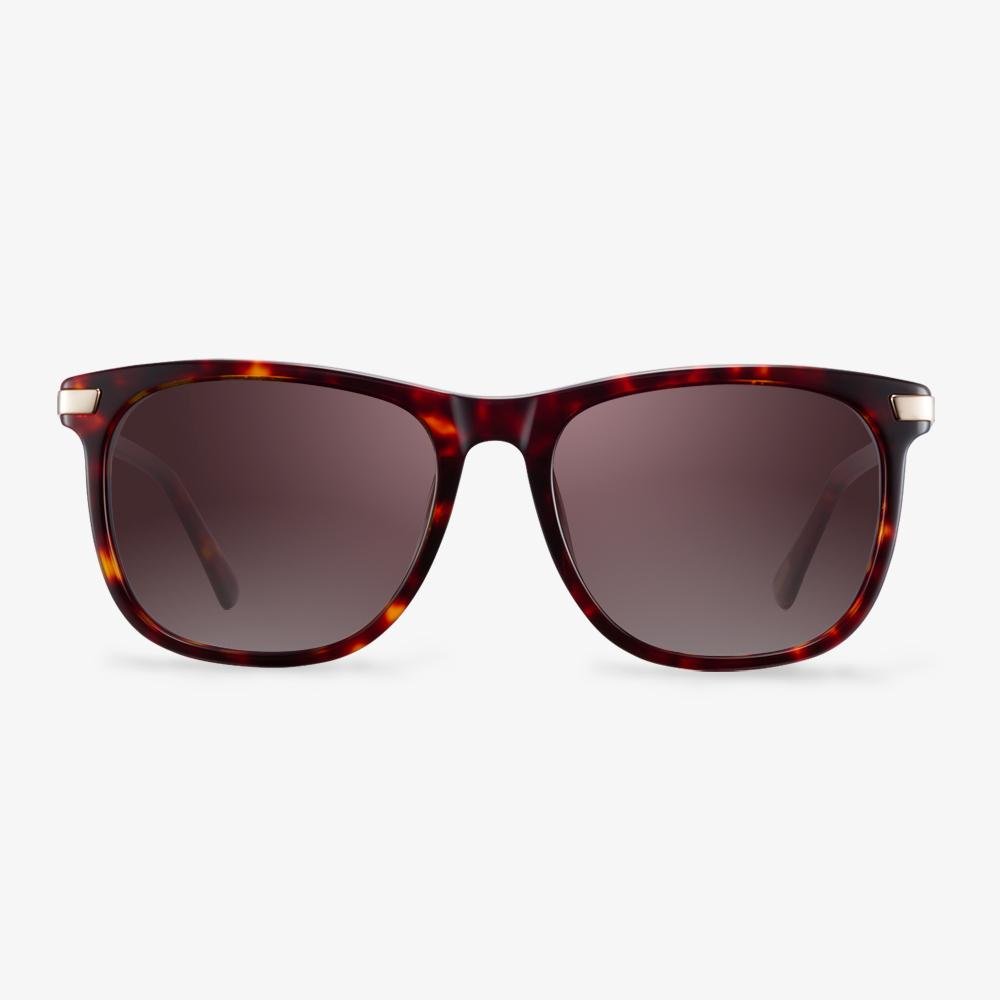OVERSIZED FRAMES
These mesmerizing oversized glasses provide facial protection for the eyes and are popular. From the fashion of the 70s to the Hollywood glamour of the early 2000s, it makes you feel confident and protected.
Sunglasses are a type of non-prescription sunglasses.
Sunglasses are popular non-prescription glasses. As a kind of non-prescription glasses, sunglasses can protect your eyes. Many sunglasses filter out ultraviolet lights, which can be harmful to your eyes. Wearing sunglasses can help keep your eyes healthy. Sunglasses have become fashion's flagship products, and countless products can be sold at different prices. The combination of function and fashion has made sunglasses the favorite type of non-prescription eyewear for consumers.
The correct method for lens cleaning
Wet it with water first, and then add a little detergent or hand sanitizer to each lens. Dip your fingers to the back of the lens, and then scrub with your fingers. Be careful not to use too much force to prevent the lens from being worn out by grit.
The key here is to rinse. First of all, never use hot water, because hot water will cause the lens to expand due to heat, which will crack the film in the resin lens.
Finally, you should rinse with cold water, do not wipe with a cloth, because any glasses cloth or suede can not perfectly wipe the lens, even the more you wipe it, the more indistinct it gets. If there is hard dust in the cloth, it will scratch the lens.
Drivers can wear night-vision goggles
Night-vision goggles can prevent headlights from blinding, add color saturation, and make the field of vision clearer. The normal night vision glasses are golden yellow in color and have a metal coating on the surface. This is the use of diamond high perspective reflection film technology, in the lens to add color and film layer, in order to maximize the brightness of the object being seen. It is to compensate for the light for driving, which makes light pass through your eye. It can increase the three-dimensional sense of objects, making the line of sight more clear, to avoid confusion caused by blinding headlights.
Consider the elements of frame comfort.
What we need to know is that the frame exists first as a positioning device for the lens, and secondly as a beauty. The pupil is consistent with the optical center of the lens, so it should not be too high or too low. The horizontal direction is not skewed, and there is no one high and one low phenomenon. Bilateral symmetry is a standard for manufacturing enterprises. Non-mechanical symmetry is for the wearer. The frame should be adjusted according to the size of the wearer's face. The frame is not easy to slide down, and frequent slide is prone to the phenomenon that the pupil is too high and low to match the face.
Study On the Night Driving Glasses
Researchers at Harvard's Schepens Eye Research Institute recently conducted a study to find out if wearing night driving glasses while driving at night is good for vision. All 22 participants drove under four conditions that simulated night driving, wearing either yellow night driving glasses or glasses with clear lenses. Each participant drove with or without the headlight glare simulator activated to simulate the effect of oncoming traffic. The study found that wearing glasses while driving at night didn't seem to improve: how well the participants were able to recognize pedestrians at night and negative effects of headlight glare on pedestrian detection. Our data suggest that wearing yellow lenses while driving at night does not improve performance at the most critical task: pedestrian detection, the study's authors said. A small 2019 study showed that night driving glasses can actually slow down visual reflection by a fraction of a second, making night vision worse.
Sales points of note for color changing lens
The discoloration rate of the lens is related to the intensity of ultraviolet light. The stronger the ultraviolet light is, the faster the discoloration rate will be, while the vice versa. The degree of discoloration is related to the ambient temperature. The higher the temperature is, the color of the lens is slightly lighter. Otherwise, the color is slightly darker. With the progress of manufacturing technology, the discoloration rate, especially the fading rate of the discoloration lens has been greatly improved, and the interference of temperature on the color depth is becoming less and less. Either glass or resin lenses react only with ultraviolet light, not visible light, so in some environments, they do not darken.











































